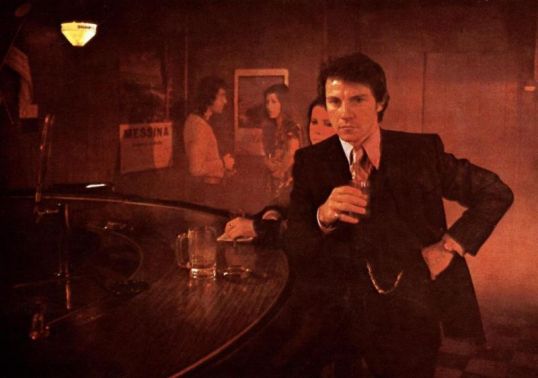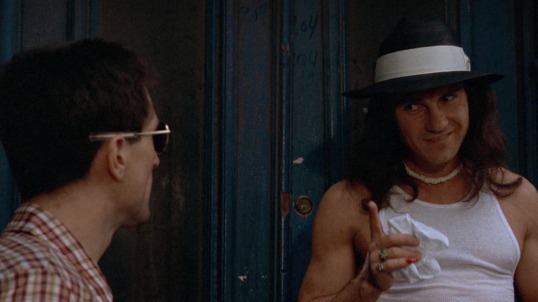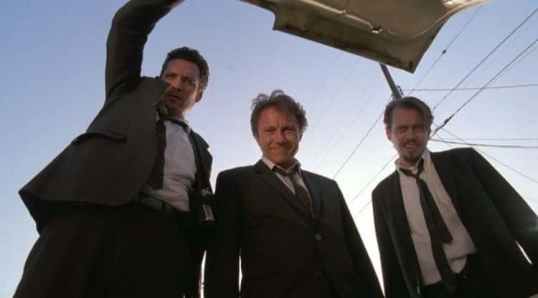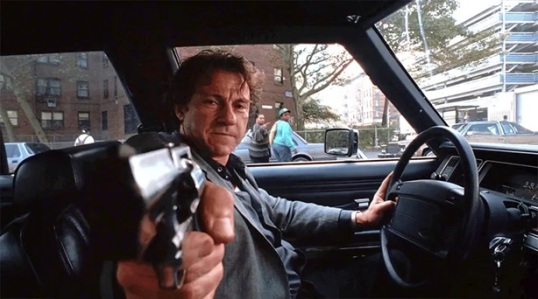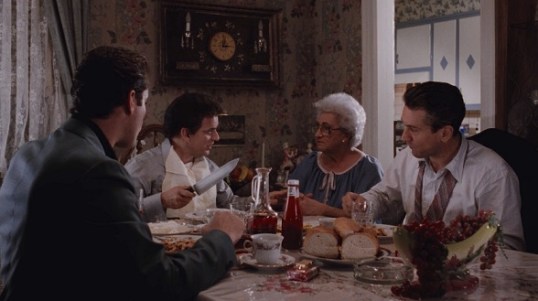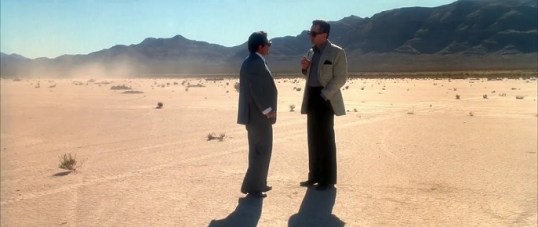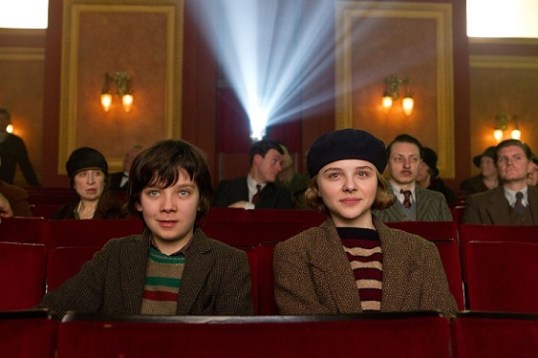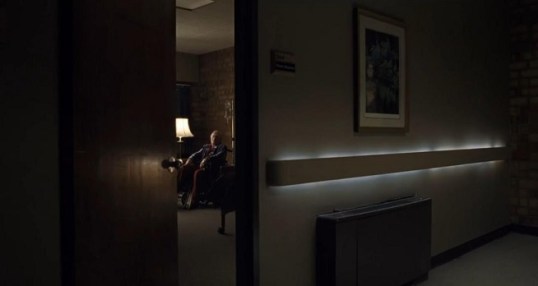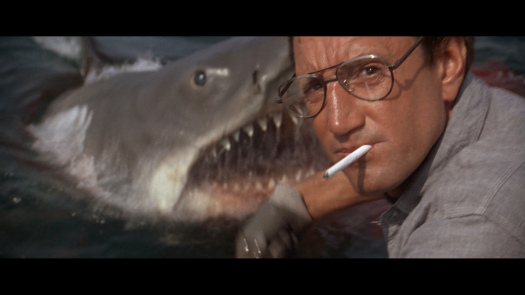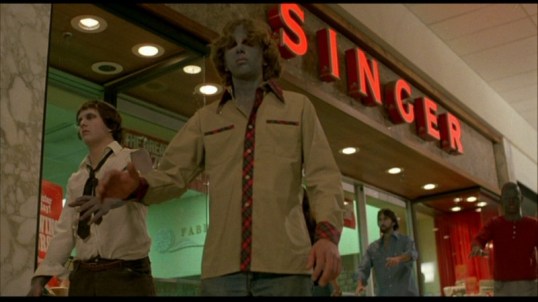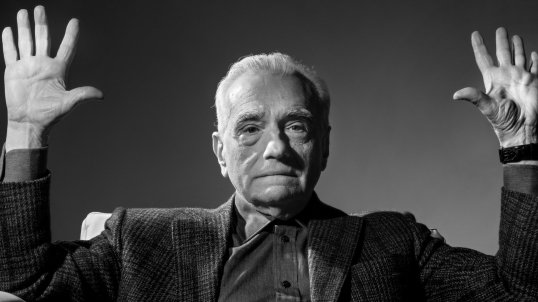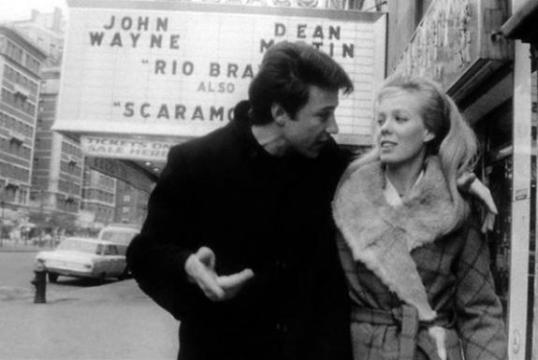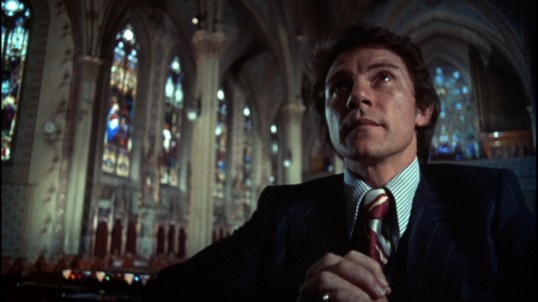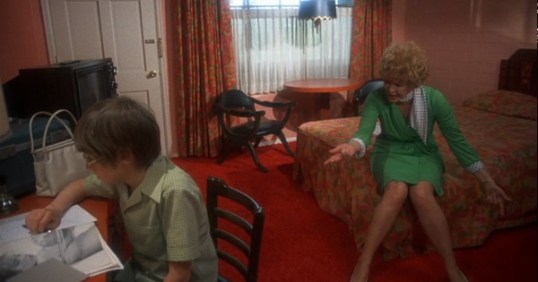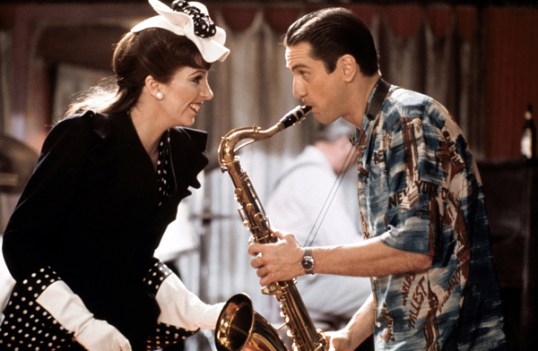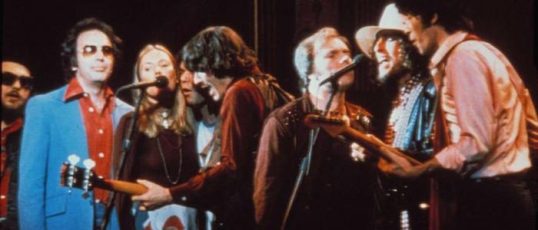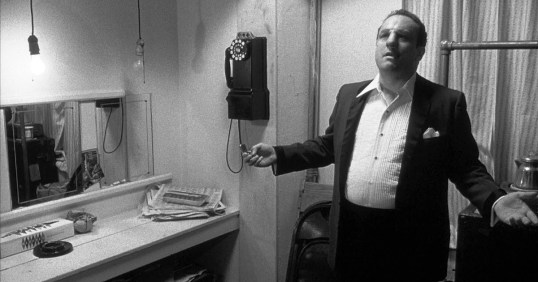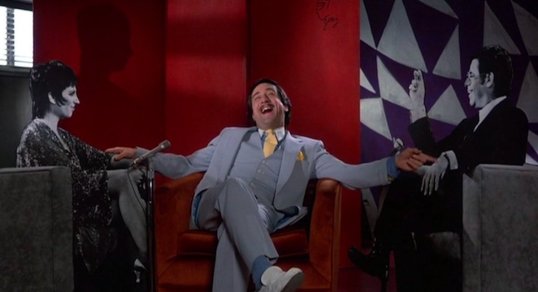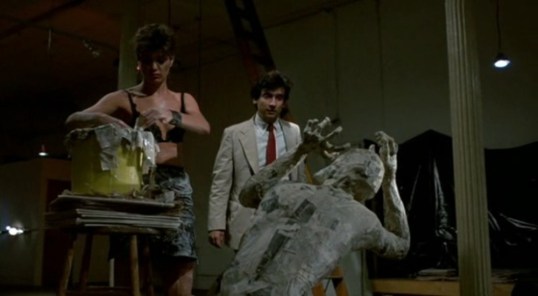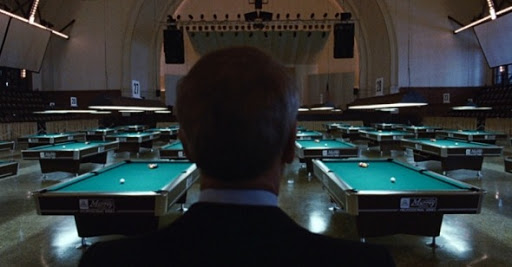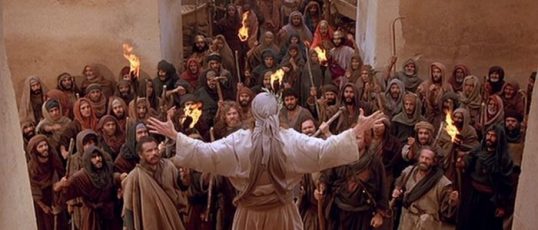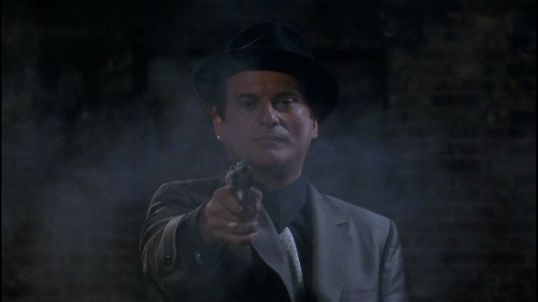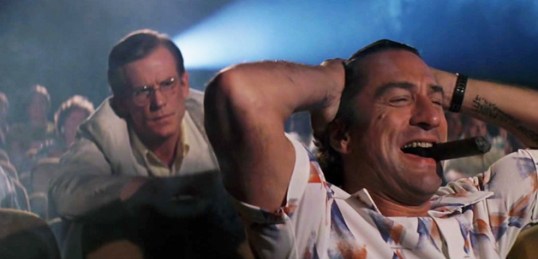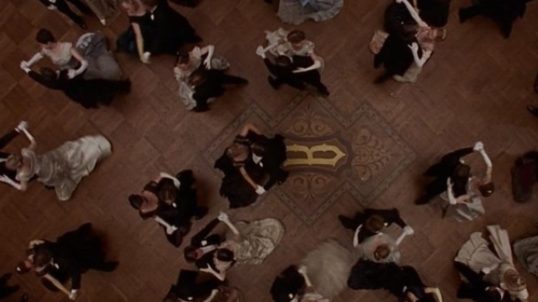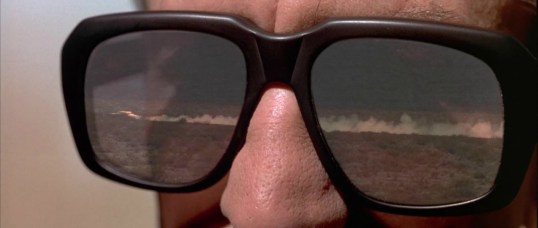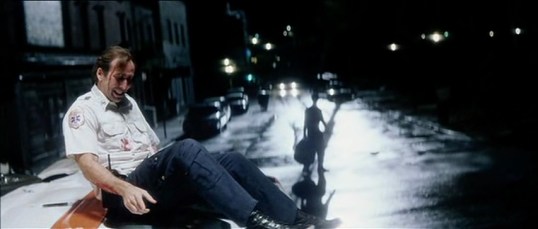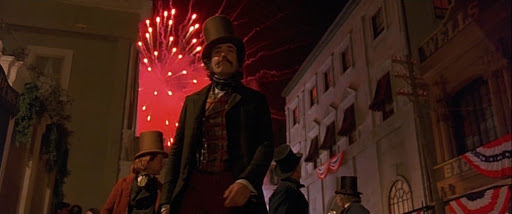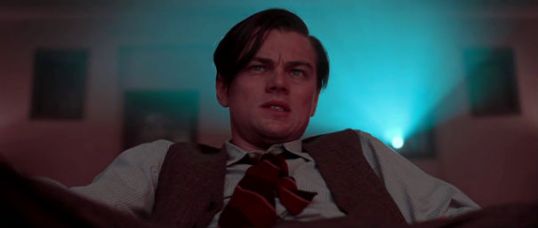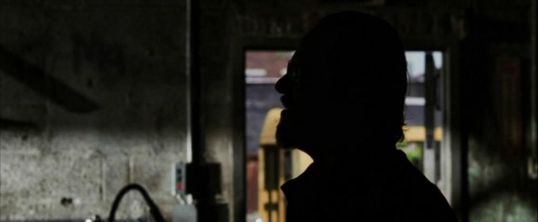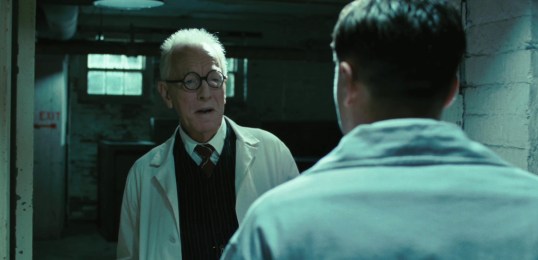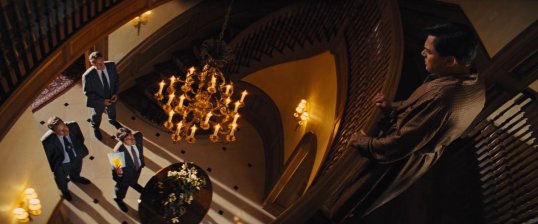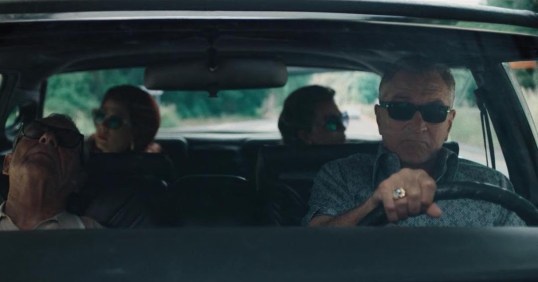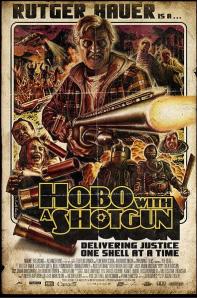
I was recently reading the IMDb trivia page for Martin Scorsese’s 1976 film, Taxi Driver.
Taxi Driver is often held up as the being the ultimate New York horror story as well as being the quintessential Martin Scorsese/Robert De Niro collaboration. In fact, the film is so identified with Scorsese, De Niro, and screenwriter Paul Schrader that it is easy to forget that it actually took a while for Scorsese and De Niro to become involved with the project. Quite a few different directors showed interest in Schrader’s script before Scorsese signed on. And, even though the role will always be associated with him, De Niro was not the only actor considered for the role of Travis Bickle.
That’s what brought me to the IMDb trivia page. I wanted to see who else was considered for the role of Travis. Here’s the list that I found: Jeff Bridges, Jack Nicholson, Dustin Hoffman, Warren Beatty, Burt Reynolds, Ryan O’Neal, Peter Fonda, Al Pacino, Jon Voight, Robert Blake, David Carradine, Richard Dreyfuss, Christopher Walken, Alain Delon, James Caan, Roy Scheider, Paul Newman, Marlon Brando, Martin Sheen, Elliott Gould, Alan Alda, and George Hamilton. That’s quite a list! And. for the most part, I don’t buy it for a second.
Don’t get me wrong. It is known that Al Pacino was sent the script before Scorsese came on board. And Scorsese himself has said that he offered the role to Dustin Hoffman. (Hoffman says he turned down the role because Scorsese’s intensity freaked him out.) Jeff Bridges was also a possibility and, if you read Schrader’s script and force yourself to forget about De Niro’s performance, you can actually imagine Bridges in the role. I could also imagine a youngish Martin Sheen in the role. He had just played Charlie Starkweather in Badlands so one can imagine him being considered for Travis. Peter Fonda and Robert Blake seem possible as well. Even David Carradine.
But some of the other names on that list …. Alain Delon? Paul Newman? Alan Alda? GEORGE HAMILTON?
This George Hamilton?
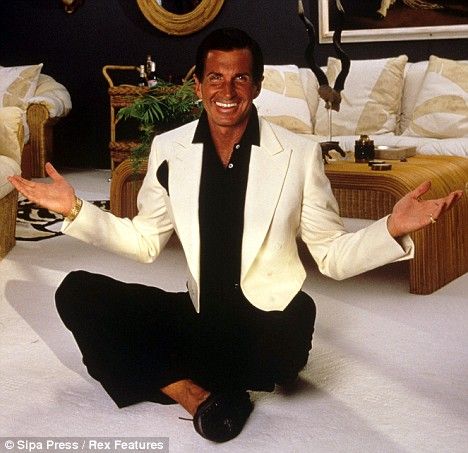
Listen, I like George Hamilton. He’s a good comedic actor. And I know that there were a lot of directors who took a look at Paul Schrader’s script and I also know that some of Travis’s most iconic moments — like the whole “You talkin’ to me?” scene — were improvised by De Niro and were not in the original script. Taxi Driver could have gone in a lot of different directions. But I’m just going to say right now that there is no way that George Hamilton was ever considered for the role of Travis Bickle. It’s totally possible that Hamilton was considered for another role in the film. I could imagine him as the presidential candidate, Charles Palantine. I could also imagine him in the role of Tom, Palantine’s campaign manager. Perhaps he was offered one of those roles and someone, reading that George Hamilton had turned down Taxi Driver, got it into their head that he was considered for Travis.
Or maybe …. someone just made the whole thing up. I enjoy the IMDb trivia pages but I’ve come across a lot of information that simply is not true. Despite what the page for the original Halloween says, I refuse to believe that John Belushi was considered for the role of Dr. Loomis. For that matter, I also refuse to believe that Bill Murray was a runner-up for the role of Han Solo in Star Wars. Sorry, IMDb trivia people. I just don’t buy it.
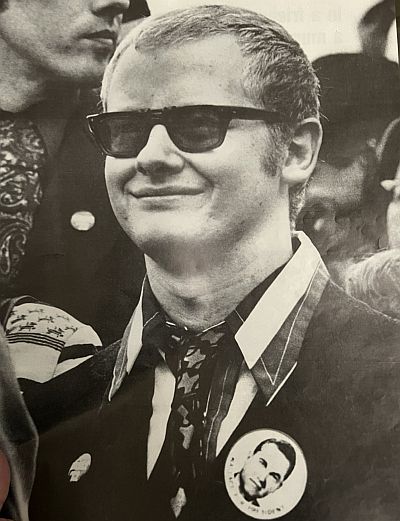
Arthur Bremer
Here’s what we do know. Paul Schrader was originally inspired to create the character of Travis Bickle by Arthur Bremer, a non-descript 21 year-old Midwesterner who, in 1972, shot and nearly killed presidential candidate, George Wallace. After the shooting, police turned up a diary in which Bremer wrote about his desire to be someone. According to Bremer, he shot Wallace not as a political act but because he wanted to be famous. Schrader later said that, while writing the script, the story became less about Bremer and more about Schrader’s own social isolation.
The script was optioned by the production team of Tony Bill and Julia and Michael Phillips. They had just recently produced the Oscar-winning The Sting. Originally, Tony Bill wanted to make his directorial debut with the film. That was when the script was sent to Al Pacino. Pacino turned down the role, reportedly because he didn’t want to work with a first-time director. (Tony Bill, a former actor, later directed several films, most of which appeared to be taking place in a totally separate universe from Schrader’s vision of urban Hell.)
The script was eventually read by Brian De Palma, who voiced an interest in directing the film. DePalma’s choice for the role of Travis Bickle? Jeff Bridges.
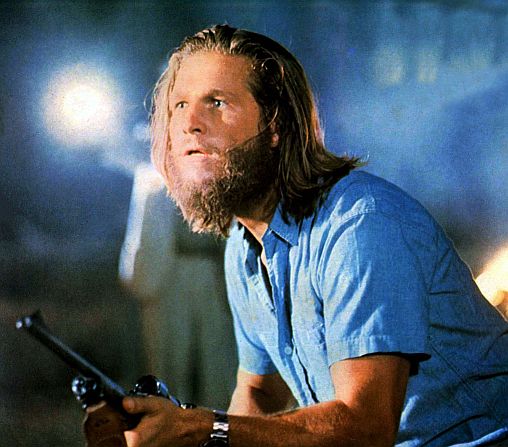
Today, it might be hard to imagine the affable, laid-back Jeff Bridges as Travis Bickle but, if you read the script, it’s easy to see why De Palma considered him for the role. Travis was written as being someone from the middle of the country, someone who was out-of-place in New York City. Travis was meant to be lost in New York. (Though Travis does say that he’s from the midwest in Scorsese’s film, Robert De Niro himself remains the prototypical New Yorker.) At least initially, Bridges would have been a bit less obviously unstable than De Niro. As good as Taxi Driver is, it always seems a bit strange that Betsy would agree to go out with De Niro’s Travis but it’s a bit easier to believe that she would take a chance on Jeff Bridges, with his charming smile and likable manner. Bridges’s descent into madness would have been all the more devastating because he was such an outwardly affable presence. I’m not saying it would have worked but I can still see what De Palma would have been going for in his version of Taxi Driver.
That said, De Palma did not make Taxi Driver. He instead decided to do Carrie. A young Steven Spielberg briefly showed interest in Taxi Driver (the mind boggles) before decided to do Jaws instead. Eventually, after being introduced to Schrader by De Palma, Martin Scorsese agreed to direct the film. After getting turned down by Dustin Hoffman, Scorsese offered the role to De Niro.

As for the rest of the cast, Rock Hudson would have been an interesting choice for the role of Sen. Palantine but he turned down the script because he was busy with a television show. There was also some talk of casting former New York Mayor John Lindsay in the role but, in the end, the role was given to a writer named Leonard Harris.
The role of Tom was originally offered to Harvey Keitel. Because Keitel wanted to play the pimp, Albert Brooks ended up as Tom. Because there wasn’t much to Tom in the script, it was felt that, as a comedian, Brooks could bring some sort of life to the character. Indeed, Brooks reportedly improvised the majority of his lines.
Despite the fact that producer Julia Phillips wanted to cast Farrah Fawcett in the role, Martin Scorsese selected Cybil Shepherd for the role of Betsy. If you believe the IMDb, Meryl Streep was offered the role but turned it down. (If I sound skeptical, it’s because Streep hadn’t even made her film debut at the time that Taxi Driver went into production.) Glenn Close, Jane Seymour, and Susan Sarandon auditioned for the role. Mia Farrow reportedly wanted the role but was turned down by Scorsese.
As everyone knows, Jodie Foster played the 13 year-old prostitute, Iris, in Taxi Driver. A man named John Hinckley, Jr. was so obsessed with Foster’s performance that he went the same route as Travis Bickle and attempted to assassinate the president in an effort to impress her. Foster, however, was only picked after Scorsese saw several up-and-coming actresses. Reportedly, due to the success of The Exorcist, Linda Blair was seriously considered for the role. Tatum O’Neal was also considered, after winning her Oscar for Paper Moon. Scorsese came close to casting Melanie Griffith but then Tippi Hedren read the script and nixed the idea. Among the others who supposedly read for Iris: Mariel Hemingway, Jennifer Jason Leigh, Heather Locklear, Kristy McNichol, Carrie Fisher, Ellen Barkin, Kim Basinger, Geena Davis, Michelle Pfeiffer, Brooke Shields, Debra Winger, Rosanna Arquette, Bo Derek, and Kim Cattrall.
Finally, actor George Memmoli was injured on the set of another film, which led to Scorsese playing the passenger who talks to Travis about murdering his wife.
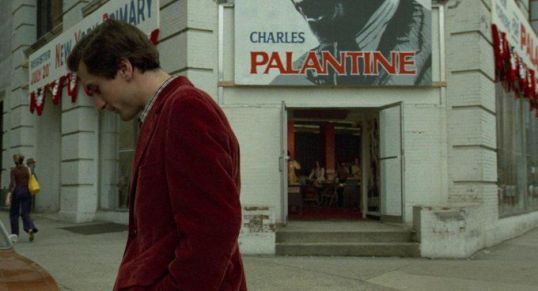
In the end, the right director and the right cast were selected and Taxi Driver became a classic of urban paranoia. Still, it’s always fun to play What If. On Earth-2, someone is watching Jeff Bridges, Rock Hudson, Jane Seymour, and Melanie Griffith in Brian De Palma’s Taxi Driver. And, on Earth-3, George Hamilton is polishing his Oscars and thinking about how playing Travis Bickle changed his life.
